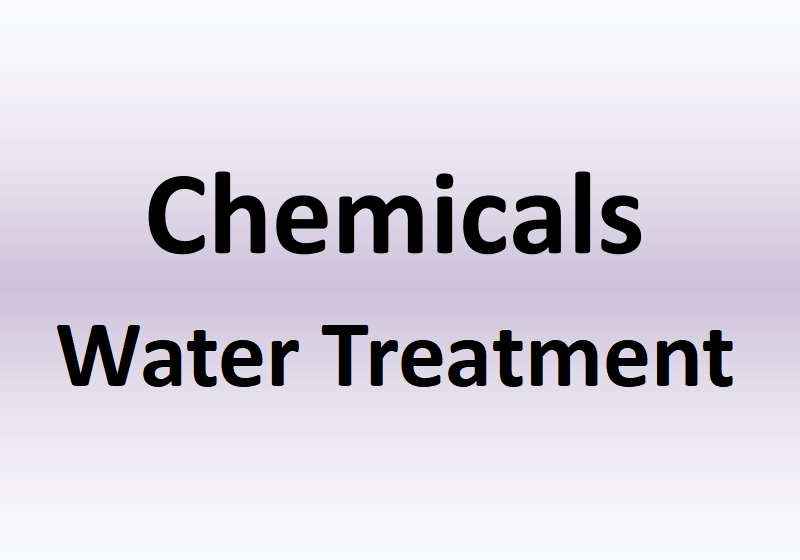Introduction of Demulsifier(Destabilizing Agent)
In order to discharge or reuse the wastewater after treatment, a variety of chemicals are required in the wastewater sewage water treatment process.
According to different uses, these agents can be divided into the following categories:
Demulsifier(Destabilizing Agent)
Demulsifier is sometimes called destabilizing agent, it is mainly used for pretreatment of oily wastewater containing emulsified oil before flotation. Its varieties include some of the above flocculants and coagulant aids.
In the air flotation process, sometimes in order to improve the dispersion and flotation effect of reagents (such as collectors), emulsifiers need to be added first to emulsify the reagents; Some beneficiation reagents are easy to be emulsified, while the emulsified foam in the pulp will affect the subsequent process, resulting in concentrate overflow loss or river pollution caused by tailings wastewater. For this reason, demulsifier shall be added for treatment under the above conditions.
When using demulsifier, it is necessary to adjust the pH value of emulsion. For strong alkali and strong acid emulsion, it is generally necessary to adjust the pH value to the range of 1~10. In addition to physical demulsification methods (such as heating, membrane separation, and electric field demulsification), demulsifiers are also commonly used for chemical treatment of oily emulsion wastewater in petroleum, chemical, wool spinning, and mechanical processing industries.
The commonly used demulsifier is a highly dispersive mixture composed of various components. For the demulsification of oil in water emulsion, inorganic substances with cations such as H+, Al3+, Fe3+are commonly used as demulsifiers, such as inorganic acid, ferric sulfate, etc; For demulsification of water in oil emulsion, anionic and non-ionic surfactants or mixtures of both are generally used as demulsifiers.
Because some solids are difficult to dissolve in water, when one or more of these solids exist in large quantities in the aqueous solution, they can exist in the water in the form of emulsion under the agitation of water power or external power. Theoretically, this system is unstable, but if there are some surfactants (soil particles, etc.), the emulsification state is very serious, even the two phases are difficult to separate. The most typical is the oil-water mixture in oil-water separation and the water oil mixture in sewage treatment, in which a relatively stable water in oil or oil in water structure is formed. The theoretical basis is the "double electric layer structure".
In this case, some agents are put in to destroy the stable double layer structure and stabilize the emulsion system, so as to achieve the purpose of two-phase separation. The agents used to break the emulsification are called demulsifiers.
The advantages of Demulsifier
1. The oil-water separation speed is fast, and the separation can be realized in 2 minutes.
2. No metal ions, avoid secondary pollution.
3. Flocculants are greatly reduced, reducing the subsequent sludge treatment capacity.
4. Low temperature can be used normally.
Applications of Demulsifier
It can effectively break the oil in water emulsion and shorten the oil-water separation time.
It is miscible with water and effective in a wide pH range.
It is widely used for oily wastewater treatment in oil fields, olefin plants, oil refineries, steel plants and power plants.
#QDEVU #WATERTREATMENT #WASTEWATERTREATMENT #SEWAGEWATERTREATMENT



